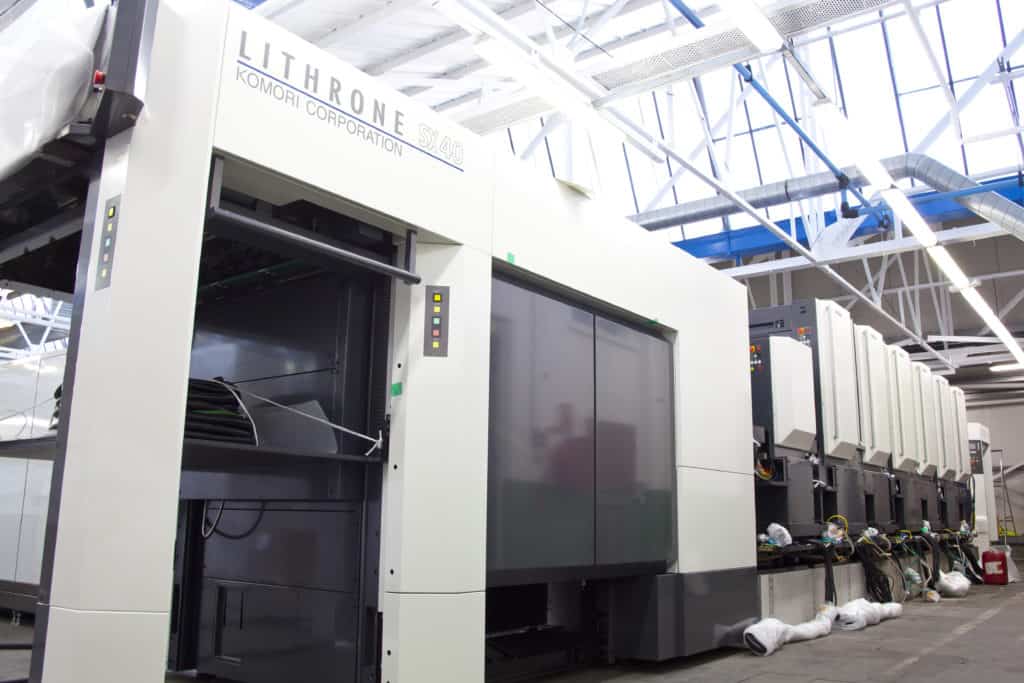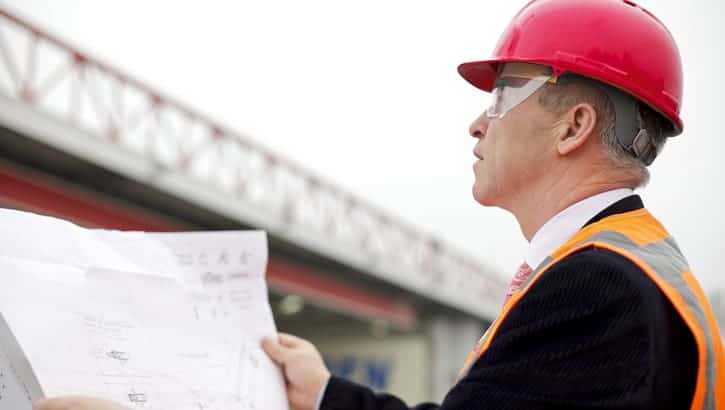Call FREE: 0800 046 9840
Email us: enquiries@merritts.uk.com


In this article we are going to highlight some of the risks and hazards we will consider as part of our pre project site inspection. This process helps to ensure the project is completed safely and without incident. It also assists Merritts in providing an accurate quotation based on the equipment and resources needed for the project which means there are no surprise costs or unforeseen obstacles which may cause delays.

In order to explain the most common risks and hazards we must begin by gaining a thorough understanding of the type of machine moving and transportation project we are undertaking. We have therefore approached this article by following the journey of a new machine manufactured in Europe, arriving at the docks ready for transportation to a UK factory, and following its cycle through to decommissioning at the end of its life cycle.
New Machinery Installations
Brand new heavy machinery installation projects usually begin with a phone call or email from the UK machinery distributor who has sold the machine to a UK based manufacturer.
The agent will issue an instruction to us to collect the machine from the docks and transport it into to their customer’s factory. These instructions will detail the dimensions of the machine, how it is packaged and the weight involved so that we can determine the appropriate equipment needed to lift the machine from dockside onto our transport lorries.
Because we have visited most docks before, we are aware of the conditions we will encounter at these locations.
When a project involves a location we are not familiar with, we will always carry out a site visit. During these inspections the risks we are looking for include:
- Height and width restrictions caused by access gates and any structures within loading yards and internally which we need to manoeuvre around.
- The condition of surfaces, i.e. looking for uneven ground or manhole covers to ensure they will withstand the weight of transport and not cause the load to become unstable
Our skilled operatives will then load the machine on to the flat bed trailer. To avoid the risk of injury to operatives or persons working on site we use barriers to enforce a strict boundary around the works that are taking place.
Care and attention is taken to ensure the machine is loaded safely and the risk that injury or damage might be caused to either people working on site, the machine or nearby structures and other production line machinery are avoided.
Machinery transportation
Part of our heavy machinery moving package includes a thorough assessment of the transportation route from the port of entry to the customers facility.
Where required we will apply for a traffic regulation order and/or use escort vehicles to ensure safe transportation.
If the destination is within an area we have not delivered before we will travel the exact route looking out for the following:
- Height and width restrictions caused by over-hanging trees or building structures
- Residential areas where parked cars could prevent our convoy from passing through in a timely manner
- Any other events that may delay the project on the date proposed such as concerts, events, school activities and other locally arranged activities.
During this assessment we will review risks posed by road works, identify locations that will be safe to take rest breaks if they are required, and any other hazards presented by the route chosen for transportation.
New Machinery Installation
Having arrived safely at the delivery destination, we will begin offloading the machinery.
Depending on the method outlined in our detailed method statement and lift plan, we will use a combination of lifting equipment and tackle to ensure the safe transit of the machinery into its required position in the facility. This equipment could include Versa-Lifts, hydraulic lifting gantries, lorry mounted cranes, forklift trucks and the necessary specialist tackle such as jacks, skates and slings.
Again we will be looking to minimise risk of accidents or injury to personnel by ensuring the appropriate cordons are in place throughout the route, having assessed the factory floor conditions for slopes, ramps, steps and any uneven surfaces.
Heavy Machine Commissioning
Invariably, new machines will usually be commissioned by an engineering team employed by the machine manufacturer as part of the package, and to ensure warranty conditions are met.
Merritts will often play a part in this process by assisting the commissioning team with heavy lift services in order to assemble the machinery.
However, Merritts can offer an engineering service to second-hand machinery dealers or end customers who need to remove or install used machines that are no longer under the manufacturers’ warranty.
Heavy machine removal and recycling
And so the machine lifecycle has come full circle and it needs to be removed because of production line changes, factory relocations, closures, or it has become outdated and replaced with a newer, more efficient model.
We will approach a machinery removal project in just the same way and assess for risks similar to those already discussed.
If it is being transported to another site we will assess road transport risks and those presented at the destination. Alternatively, we can make arrangements for the machine to be recycled or, if it is still an asset on the balance sheet, we can place it into storage in our own industrial storage facility where it can be refurbished or mothballed until such time as it can be disposed of.
Regulatory Standards to be aware of
If you are planning a heavy machinery moving project, PUWER will have a heavy impact on your planning and approach. PUWER stands for the ‘Provision and Use of Work Equipment Regulations’ 1998. The regulations deal with the work equipment and machinery used every day in workplaces and aims to keep people safe wherever equipment and machinery is used at work.
Another set of regulations that will apply are LOLER. The Lifting Operations Lifting Equipment Regulations 1998 (LOLER) are set of regulations created under the Health and Safety at Work Act. They govern the use of lifting equipment.
LOLER regulations require that all lifting operations involving lifting equipment must be properly planned by a competent person, appropriately supervised and carried out in a safe manner. It also requires that all equipment used for lifting is fit for purpose, appropriate for the task and suitably marked, with suitable maintenance recorded and any defects reported.
Summary
Having an understanding of the health and safety at work regulations could help prevent accidents and projects falling foul of health and safety regulations. Our health & safety manager is an ex HSE inspector, so he is fully aware all risks that need to be considered on our projects.
Please get in touch if you have a heavy machinery moving project. We are a certified ‘Safe Contractor’ and ISO 9001 accredited so you can rest assured that we will be able to provide you with a safe, efficient and cost effective solution.




